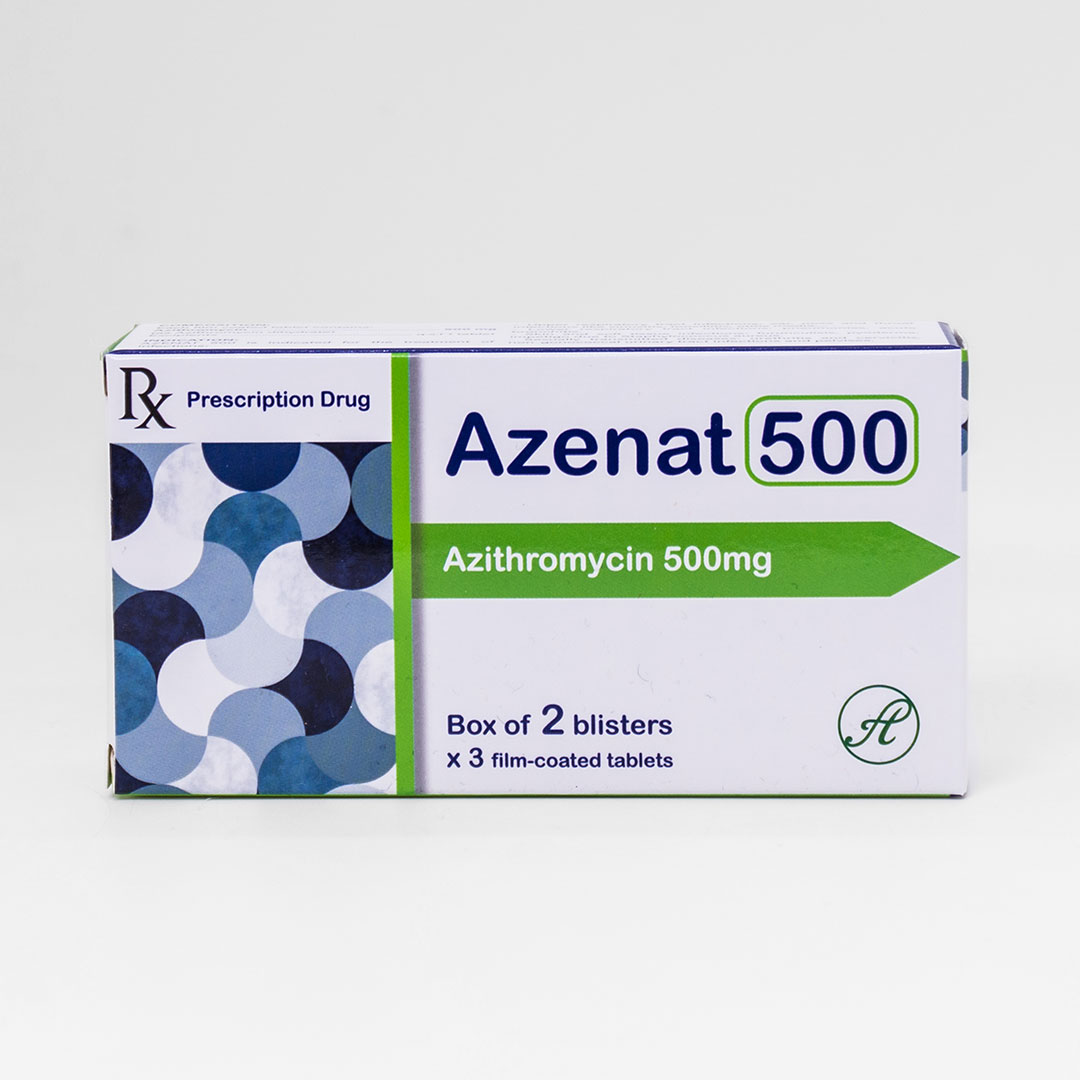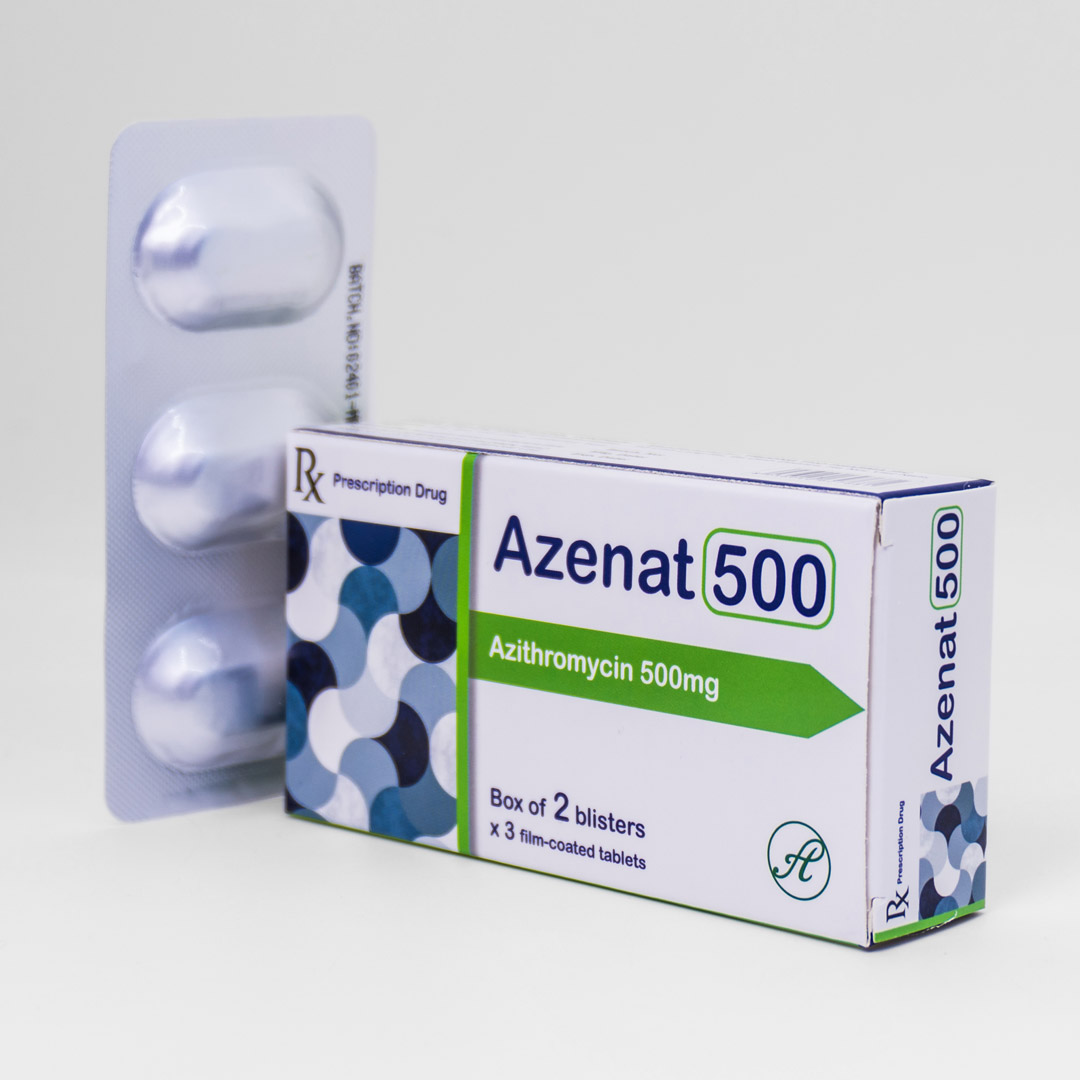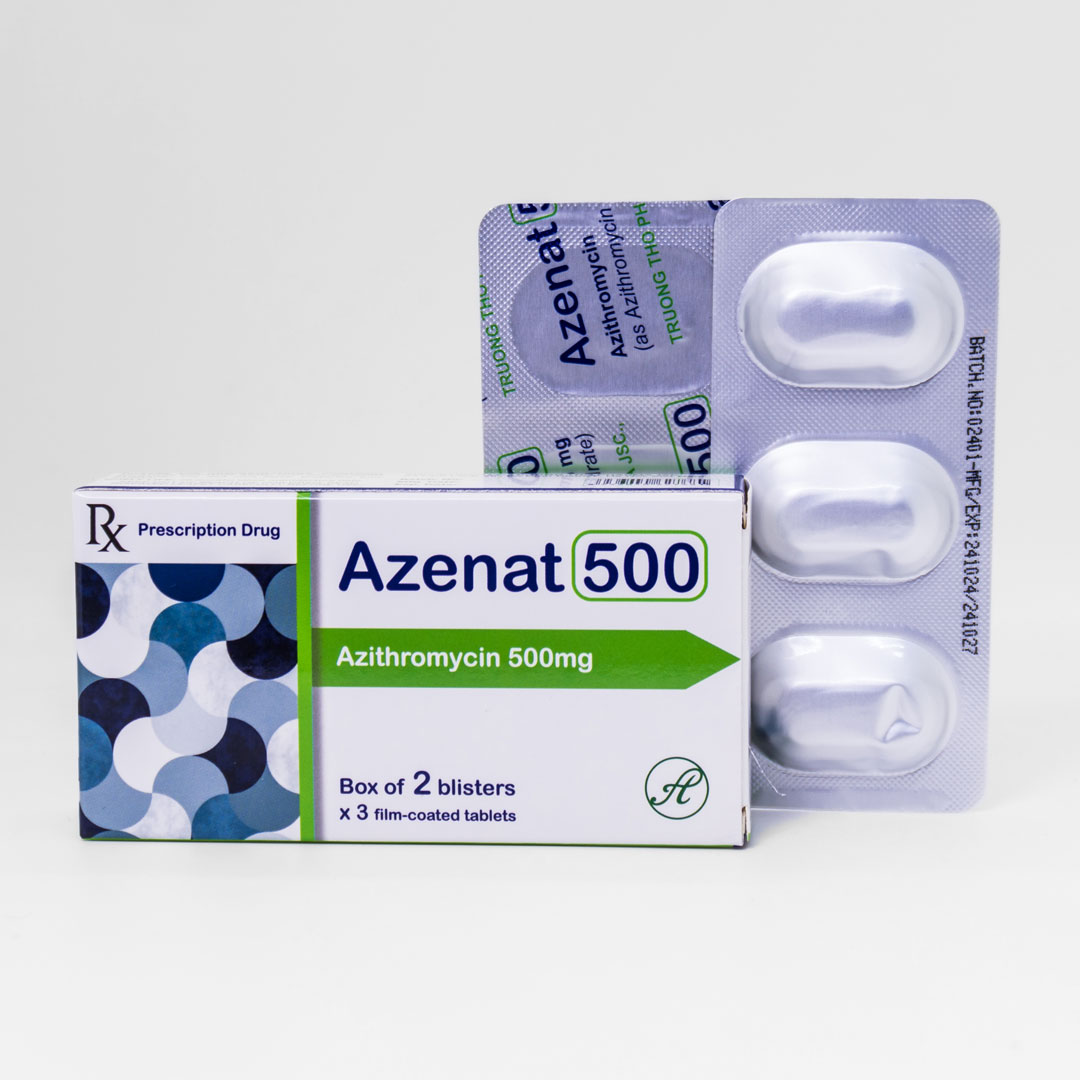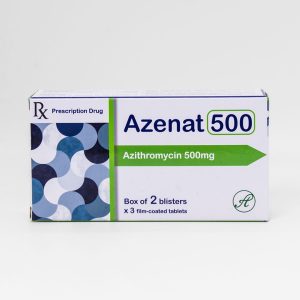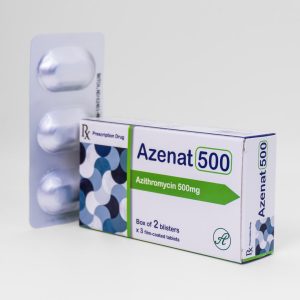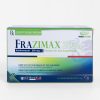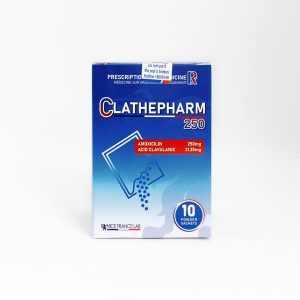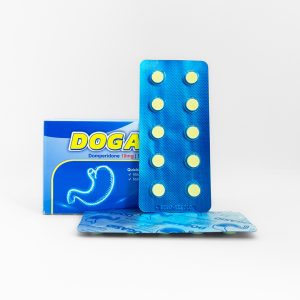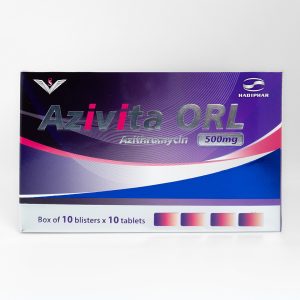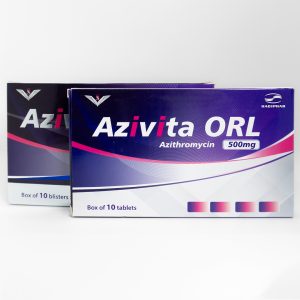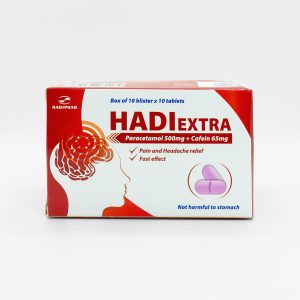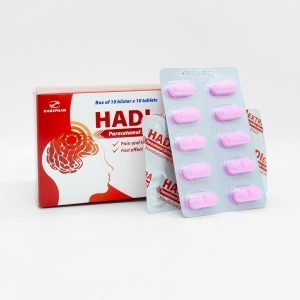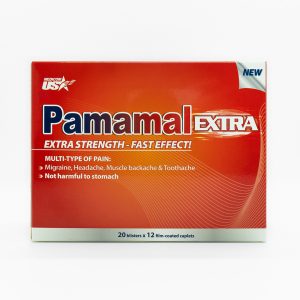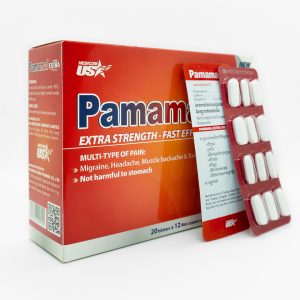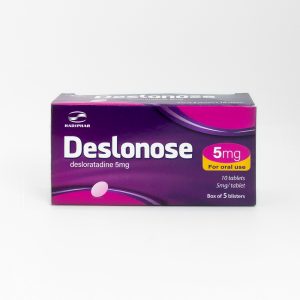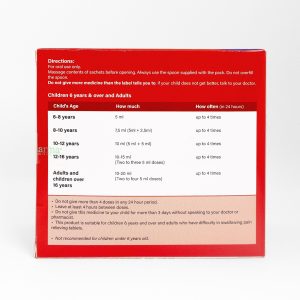PHARMACODYNAMIC:
Azithromycin is an antibiotics drug in macrolide group, called azalid, having wide effects. The drug has good anti-bacterial effect by the way combine with ribosome of bacterial to prevent them from synthesizing protein. Although, Azithromycin has cross-resistance with erythromycin, so caution when use azithromycin if detect bacterial drug-resistance.
Azithromycin has strong effect to Plus Gram bacterial such as Streptococcus, Pneumo- coccus, Staphylococcus aureus. Some other species of bacterial such as Corynebacte- rium diphtheria, Clostridium perfringens. Peptostreptociccus and Propionibacterium acnes. But take note with some species of drug-resistance bacterial such as Enterococcus and Staphylococcus.
Azithromycin has strong effect to Minus Gram bacterial such as Heamophilus influenza, parainfluenzae, ducreyi, Moraxella catarrrhalis, Acinetobacter, Yersinia, Legionella pneumophilia, Bordetella pertussis, parapertussis, Neisseria gonorrhoeae, Campylo- bacter. Azithromycin also has effect to Listeria monocytogenes, Mycobacterium avium, Mycoplasma pneumonia, hominis, Ureaplasma urealyticum, Toxoplasma gondii, Chalamydia trachomatis, Chlamydia prieumonia, Treponema pallidum, Borrelia burgdorferi. Azithromycin has moderate effect to minus Gram bacterial such as E.coli, Salmonella enteritis, Salmonella typhi, Enterobacter, Acromonas hydrophilia, Klebsiella. Minus Gram bacterial drug-resistance: Proteus, Serratia, Pseudomonas aeryginosa and Morganella. In general, azithromycin has effect to Plus Gram bacterial lower than Erythromycin does but stronger to some Minus Gram Bacterial including Haemophilus.
PHARMACOKINETIC:
Azithromycin is widely distributed into body, bioavailability is 40%. Food reduces 50% of absorption of Azithromycin. After using, the maximum concentration in blood plasma reaches after 2-3 hours. The drug is mainly distributed into tissues such as: lung, tonsil, prostate, and granulocyte macrophages…, many times higher than in blood (about 50 times more than maximum concentration in blood), However, concentration of drug in central nervous system is very low. A small amount of Azithromycin is reduced methyl in liver and excreted via bile in original form and an amount in transforming form. About 6% of dose is excreted via urine in 72h in original form. The last half-life excretion in blood plasma is the same with the last half-life excretion in soft tissues after using drug in 2-4 days
INDICATION:
AZENAT 500 is indicated for the treatment of infections:
Upper respiratory tract infections: ear, nose and throat infections like sinusitis, tonsillitis, otitis media,…
Lower respiratory tract infections: pneumonias, acute bronchitis.
Skin and soft tissue infections: furunculisis, pyoderma, impetigo due to Staphylococ-cus aureus.
Sexually transmitted diseases: urethritis and cervicitis, non-gonococcal urinary tract infections and pelvises.
DOSAGE & USAGE:
Adults:
Treatment of sexually transmitted diseases such as cervicitis, urethritis due to chlamydia trachomatis infection with a single dose of 1 g.
Lower respiratory tract infection containing bronchitis, pneumonia, skin and soft tissue infections, otitis media, upper respiratory tract infections such as sinusitis, pharyngitis and tonsillitis: dose of 500mg for the first day and dose of 250mg for the next 4 days.
Children
Recommended dose for children is 10mg/kg of body weight for 3 days.
Use Azithromycin 1 time a day 1 hour before or 2 hours at least after meal.
CONTRA-INDICATION:
History of hypersensitivity to any of the Macrolide antibiotics.
CAUTION:
Because Azithromycin is principally eliminated via the liver, caution should be exercised when administered to patients with impaired hepatic function or renal function impairment.
The use of the drug is not recommended in children under 6 months.
DRUG INTEREACTION:
Aluminum and Magnesium containing antacids reduce the peak serum level of Azithromycin but not extend of Azithromycin absorption.
Azithromycin should not be coadministered with warfarin (increased anticoagulant effects) or with Cyclosporine A (increased Cyclosporine level) or with Digoxin or Ergotamine
Because food decreases the absorption of Azithromycin, this medication should be taken a distance from meals.
USE FOR PREGNANCY & LACTATION:
Pregnancy:
Use during pregnancy only if clearly neede.
Lactation:
It is not known whether Azithromycin is excreted in breast milk. Exercise caution when administering to a nursing woman.
DRUG EFFECT TO DRIVER & MACHINE WORKER:
Drug doesn’t cause drowsiness so it is usable for people who are operating vehicles and machine.
ADVERSE DRUG REACTION (ADR):
Most side-effects are mild to moderate in severity and are reversible upon discontinua-tion of the drug.
The common adverse effects have been referable to disorders of gastrointestinal tract, such as vomiting, diarrhea, abdominal pain.
Rare occurrences include: vaginitis, nephritis, central nervous systemic symptoms like: dizziness, vertigo, fatigue, skin reactions such as: rash, photosensitivity, angioede- ma.
Note: Inform doctor adverse drug reaction.
OVERDOSE & TREATMENT:
Not found any documents saying about overdose of drug.
STORAGE: Dry and cool place, protected from sunlight
SPECIFICATION: Manufacturer’s
SHELF LIFE: 36 months since manufacture date.
KEEP OUT OF REACH OF CHILDREN
READ INSERTED LEAFET CAREFULLY BEFORE USE
CONSULT YOUR DOCTOR FOR MORE INFORMATION
Manufactured by:
TRUONG THO PHARMA JSC
93 Linh Lang Str., Ba Dinh District., Ha Noi, Viet Nam.
